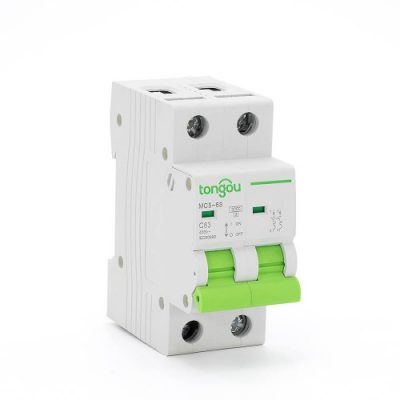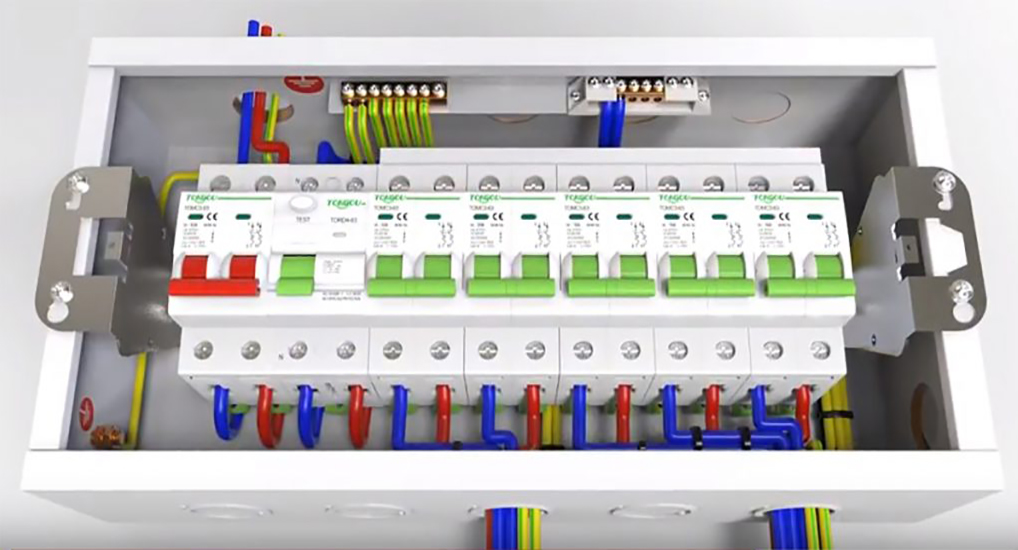
A ground fault is the contact between a live conductor and a ground, a grounded metal enclosure, or a grounded component.
For example, the overhead conductor is broken, the power supply line is damaged, and the metal casing is damaged.
If the ground fault is not eliminated in time, some people may encounter a live conductor or metal casing, or the ground fault current will continue to exist, which may cause electric shock and equipment accidents or electrical fire accidents.

In the past, the ground fault protection was often protected by an miniature circuit breaker (such as a fuse or a circuit breaker). When the ground fault current is greater than the operating current setting value of the overcurrent protection device, the circuit is cut off by the overcurrent protection device.
In the TT system, when the line with a large rated current and the distribution line are long, the fault current of the ground fault may be less than the set current of the protective device, and the rcb/rccb device will not operate.
In this case, the residual current protection device (or circuit breaker with ground fault protection) should be used for ground fault protection.

 In a TN system, the situation is similar to the TT system in the event of a ground fault with a live conductor landing or an incomplete metal ground fault or arc ground fault.
In a TN system, the situation is similar to the TT system in the event of a ground fault with a live conductor landing or an incomplete metal ground fault or arc ground fault.

 .
.